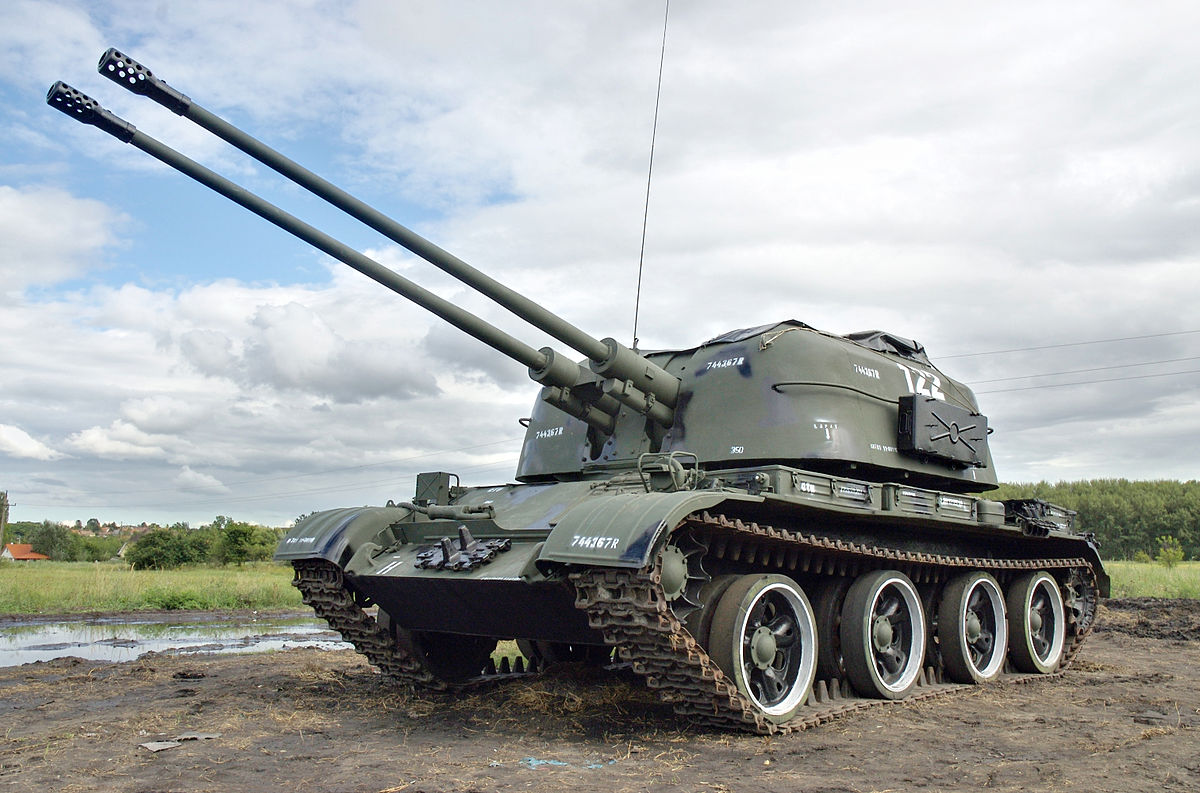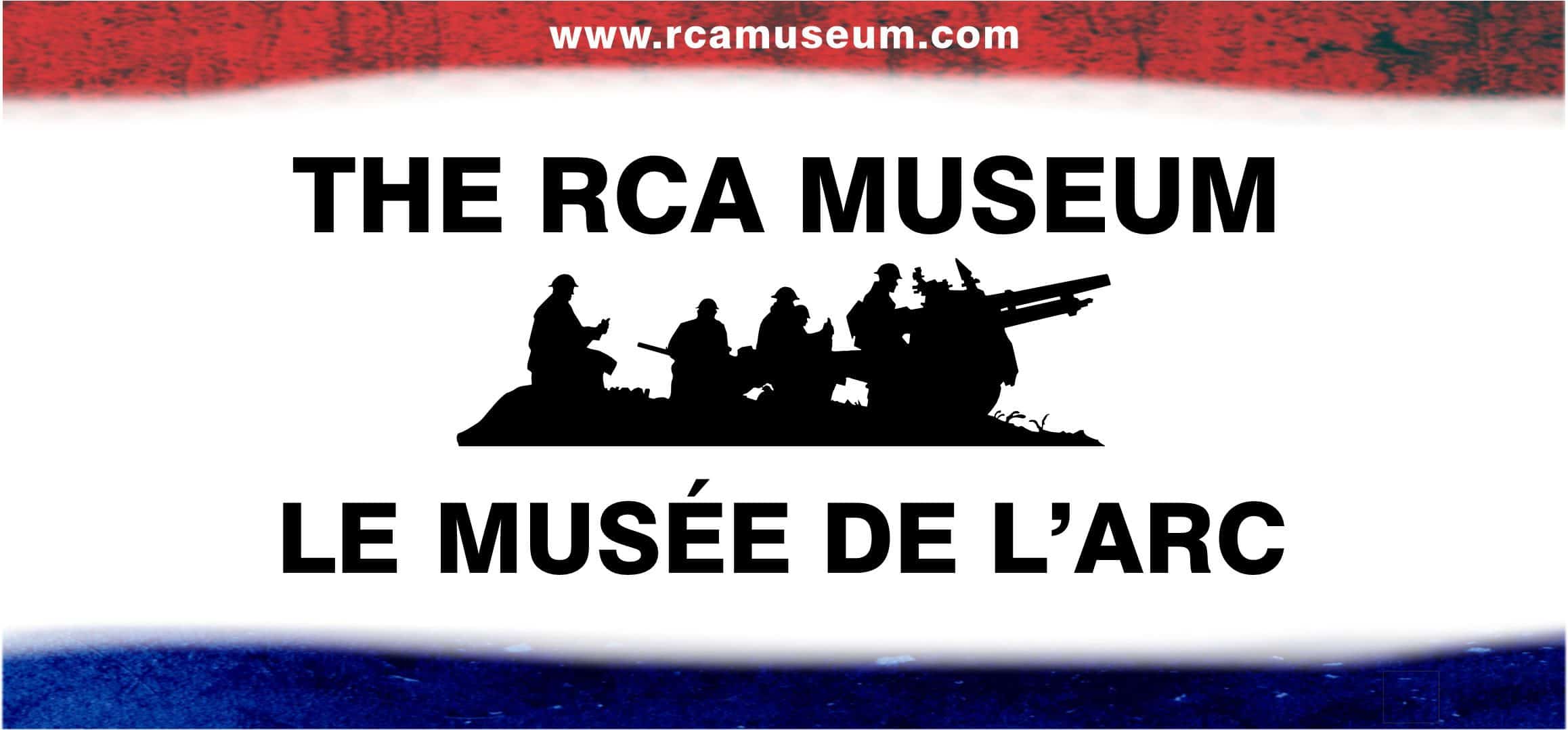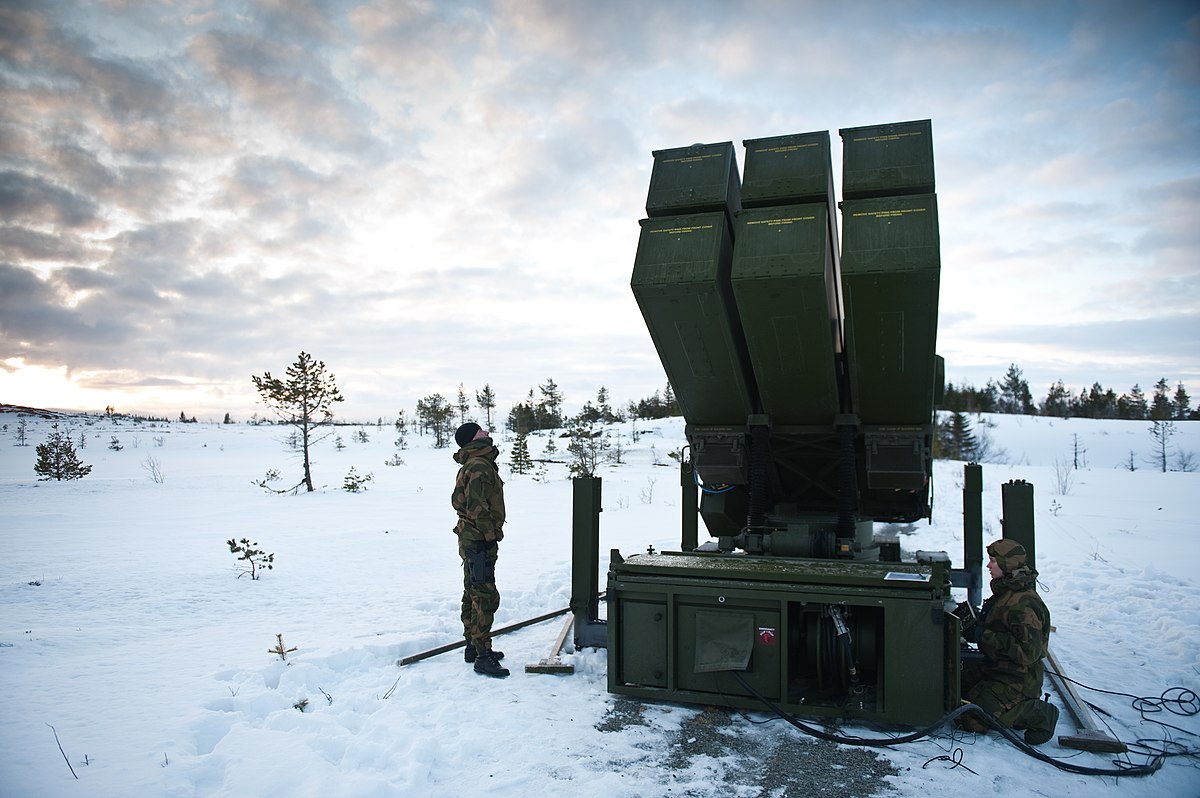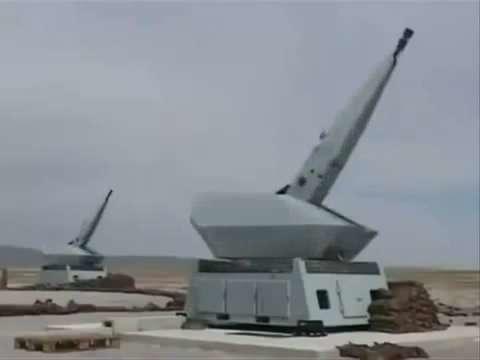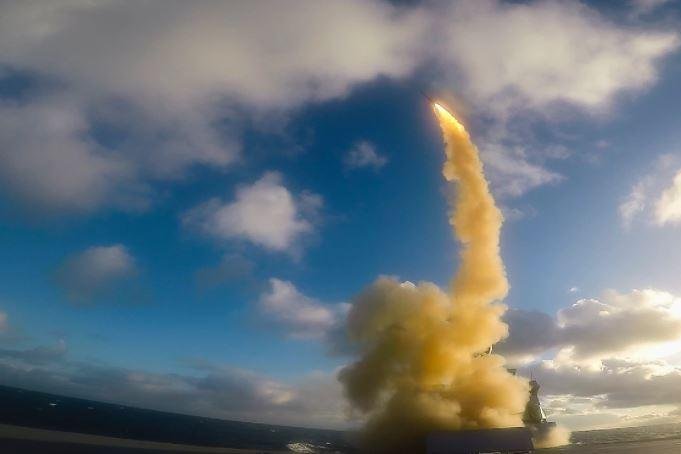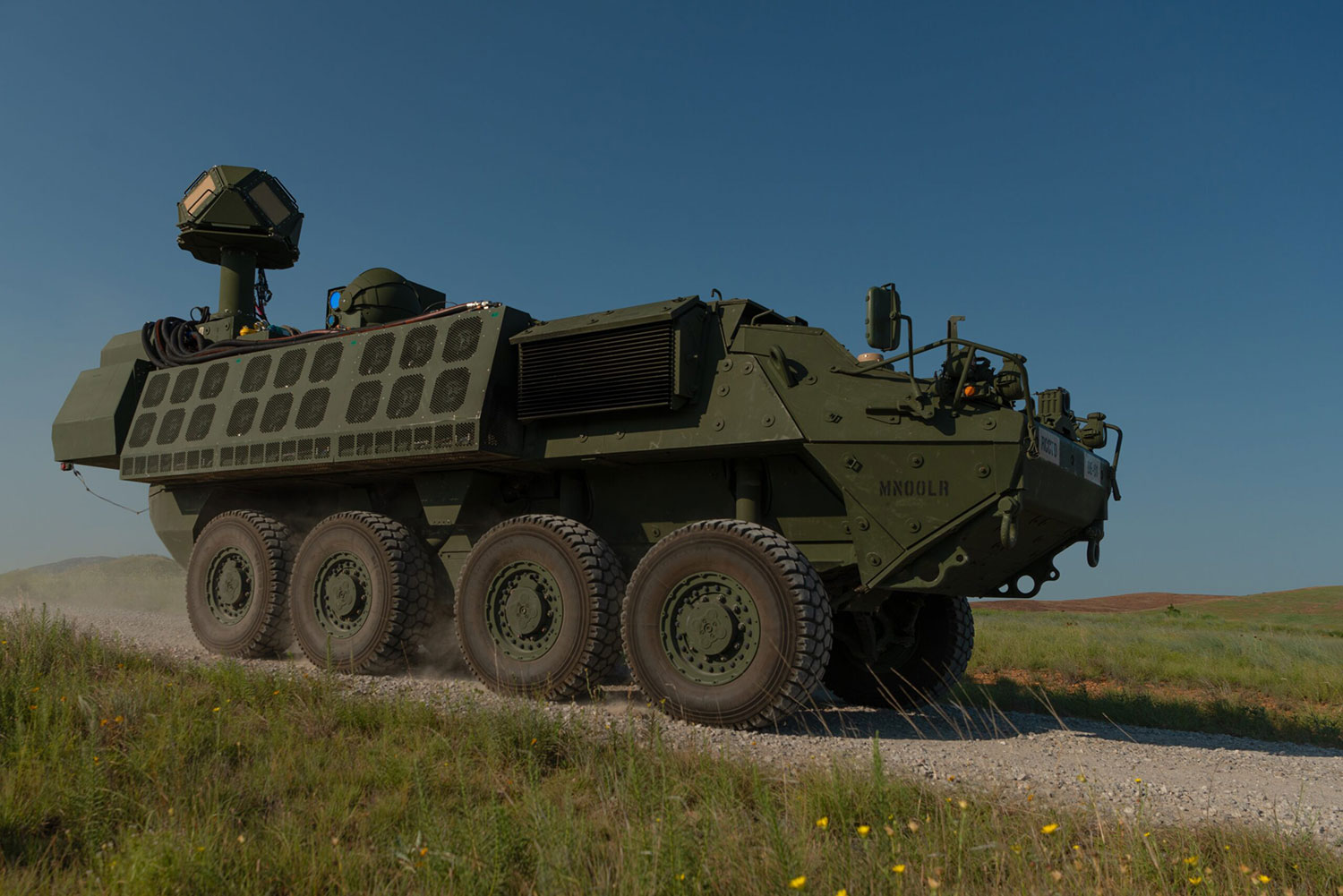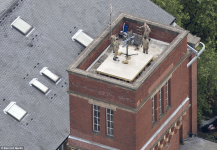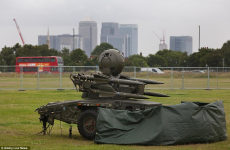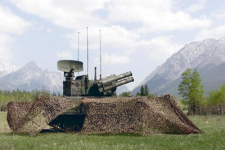Colin Parkinson
Army.ca Myth
- Reaction score
- 11,930
- Points
- 1,160
That all looks very expensive, particularly at the rate of fire of the smaller autocannons. If I recall correctly, most of the current auto cannons cannot flick a switch to change ammunition type in the feed tray, it`s possible that they won't have it loaded when needed or one vehicle in a Troop would be loaded with it and dedicated to AD overwatch.
The Bofors 57mm cannon used on the ships have a very effective round and ROF to defeat antiship missiles and would likley make a good SPAAG. 57mm gives you a lot more room for fuze, shrapnel and bursting charge. 57mm Naval Gun System. Although this gun is popular with Navies, it has yet to make it's way into the ground role.
The Bofors 57mm cannon used on the ships have a very effective round and ROF to defeat antiship missiles and would likley make a good SPAAG. 57mm gives you a lot more room for fuze, shrapnel and bursting charge. 57mm Naval Gun System. Although this gun is popular with Navies, it has yet to make it's way into the ground role.



